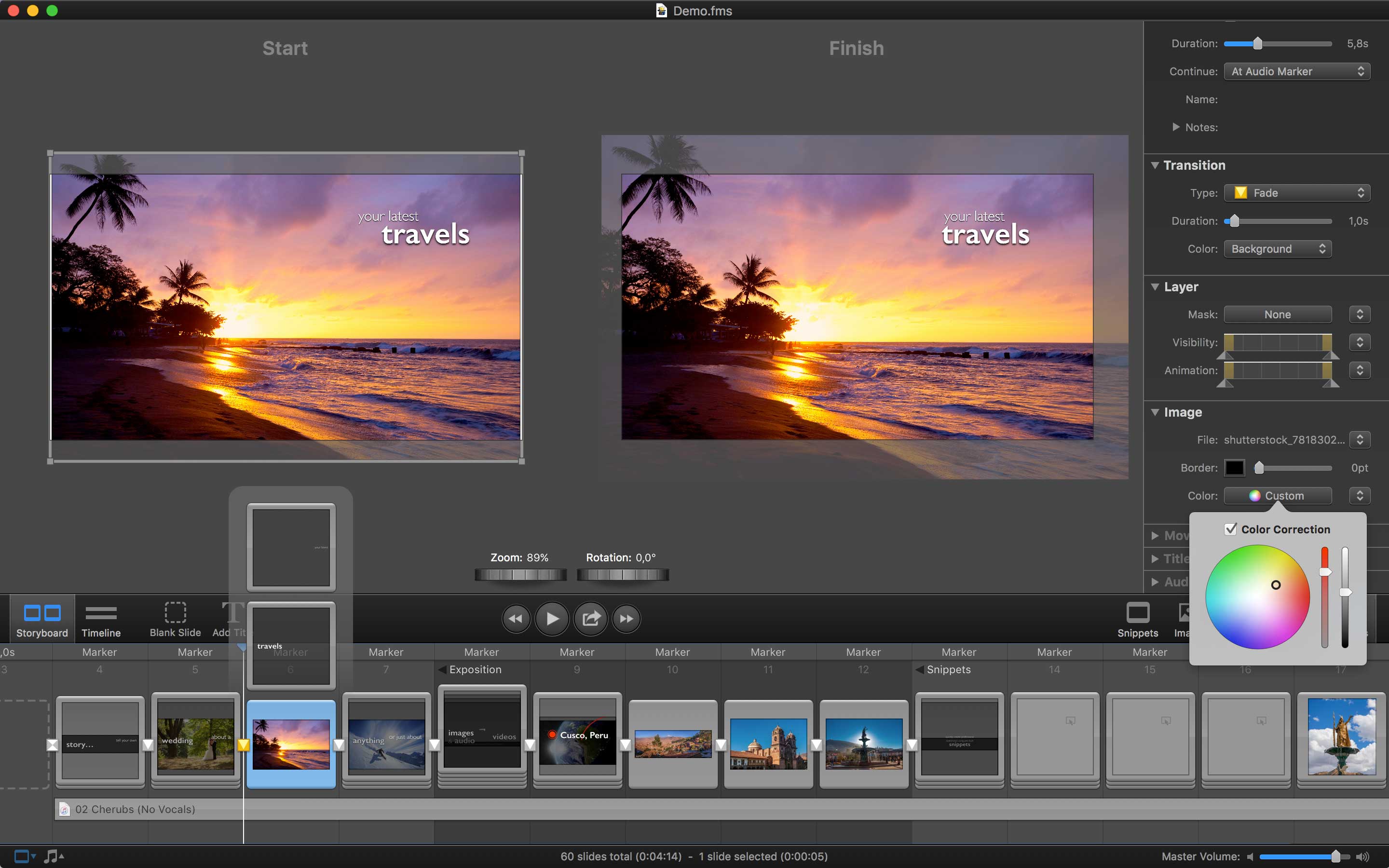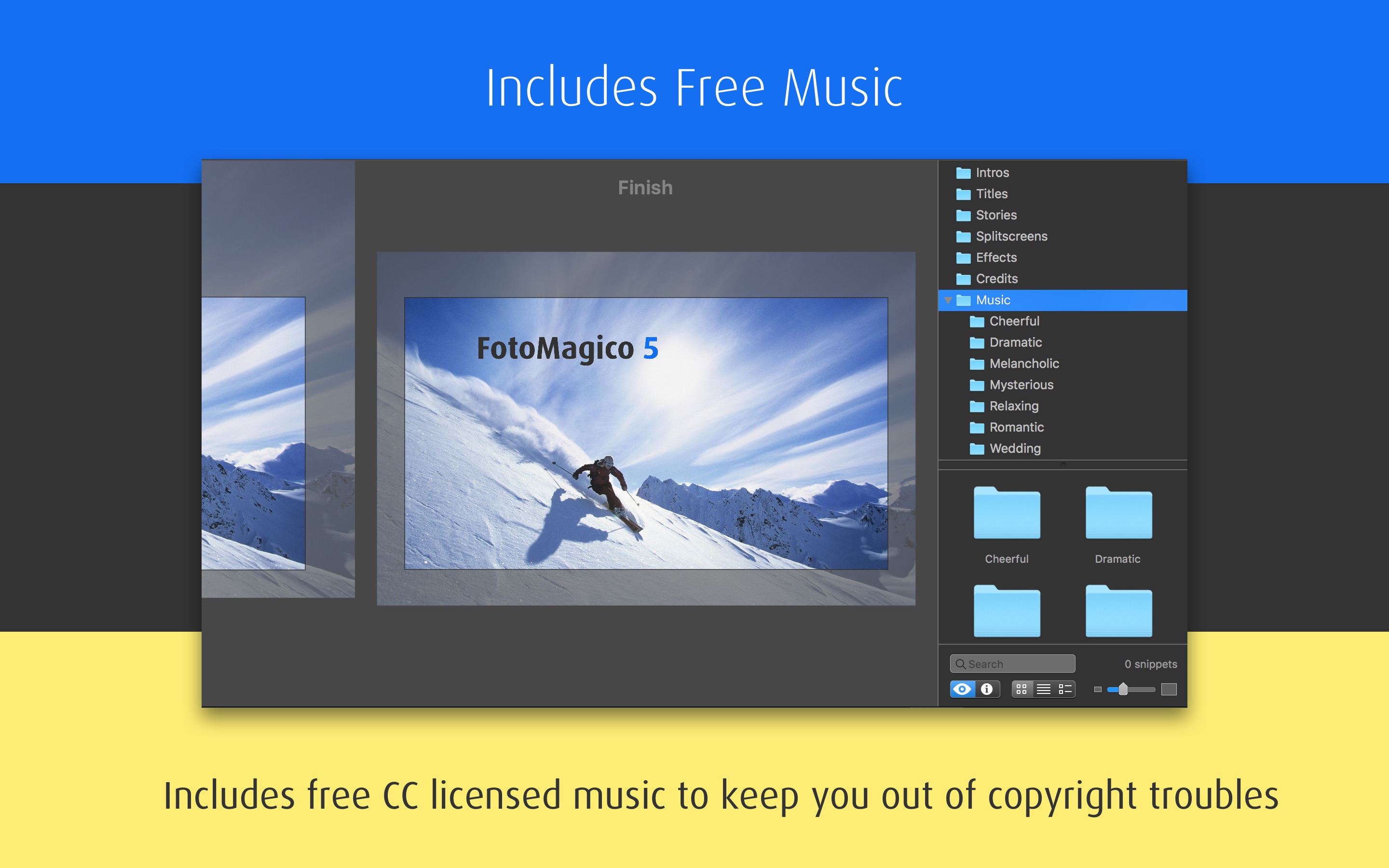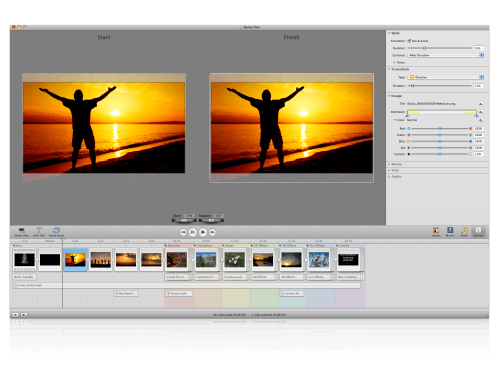

- #Detach audio on fotomagico 5 archive#
- #Detach audio on fotomagico 5 pro#
- #Detach audio on fotomagico 5 software#
- #Detach audio on fotomagico 5 windows#
#Detach audio on fotomagico 5 software#
SAVE $20 on our software by entering promotion code MAR55 when checking out from store, valid until April 15 with a minimum purchase of $60. It automatically removes distortion, vignetting, lens softness and chromatic aberration from your own images (Raw and JPEG). Take part in our NEW contest and win great prizes (Colorvision, Whibal.)!
#Detach audio on fotomagico 5 pro#
Try DxO Optics Pro 2.2 and Win Great Prizes!ĭownload a FREE, fully functional demo version of our award-winning software. This issue of The Imaging Resource News is sponsored in part by the following companies. Feature: ZugaPhoto.TV Launches Three Photo Contests.Feature: Sony DSC-P200 - A Great Pocket Digicam.
#Detach audio on fotomagico 5 windows#
Windows Media Player 9 or 10 is required to hear the show, which is archived after broadcast ( ). With a Canon Rebel XT and a Nikon D2x in front of him, he'll answer caller questions about either of these hot new releases. Oh, and set that clock in your digicam this weekend, too.īTW, Dave is making his third appearance on Photo Talk Radio Saturday morning between 11:15 and 11:30 a.m. Then we take a look at a new photo contest whose first prize will bump you into a higher tax bracket. We highlight two of our favorite tools to create animated slide shows before Dave goes over Sony's palm-sized P200.

Welcome to the 146th edition of the Imaging Resource Newsletter.
#Detach audio on fotomagico 5 archive#
The choice largely depends on the tempo of the music, and how long you want your slides to be visible.Imaging Resource Newsletter Archive - April 1, 2005Ĭopyright 2005, The Imaging Resource. Then choose whether you want to have an active marker for every bar, every 2nd bar, or every 4th bar. First you need to find out the meter of your music. The two popups called “Meter” and “Active Marker” determine which markers are set to active. Only active markers are used for synchronizing the slides with music. Active markers are drawn in opaque red, while inactive markers are drawn in transparent red. Please note that in this case this marker if off the regular beat. Dragging without a modifier simply moves a single marker. This is the same as adjusting the BPM slider. Dragging with the ⌘ key moves the markers closer together or spreads them apart. This is the same as adjusting the offset slider. Dragging with the ⌥ key drags all markers at once. Watch how the red lines (markers) in the waveform display change as you drag the sliders.Īnother option is to click on the red lines and drag them. To create periodic markers you can adjust the BPM (beats per minute) and Offset sliders.

Use Periodic Markers if your music has a regular beat.

The cursor changes to a directional arrow as you drag, and the width of the transition interval changes.Īny changes you make by dragging in the Timeline view are also displayed in the Slide Options in the sidebar. To adjust the duration of the transition, click the upper half edge (B) and drag to the left or right. The cursor changes to a directional arrow as you drag and the width of the slide changes. To adjust the duration of the slide, click the lower half edge (A), and drag to the left or right. When you drag the upper half of the vertical edge (B), you adjust the transition duration. When you drag the lower half of the vertical edge (A), you adjust the slide duration. The middle of the Transition Interval displays as an icon that indicates the type of transition. This stair step is called a Transition Interval. Where a slide overlaps with the next slide, a “stair step” shape is displayed. The longer the duration, the wider the rectangular bar. The Timeline view displays slides as a rectangular bar the width being proportional to the slide duration.


 0 kommentar(er)
0 kommentar(er)
